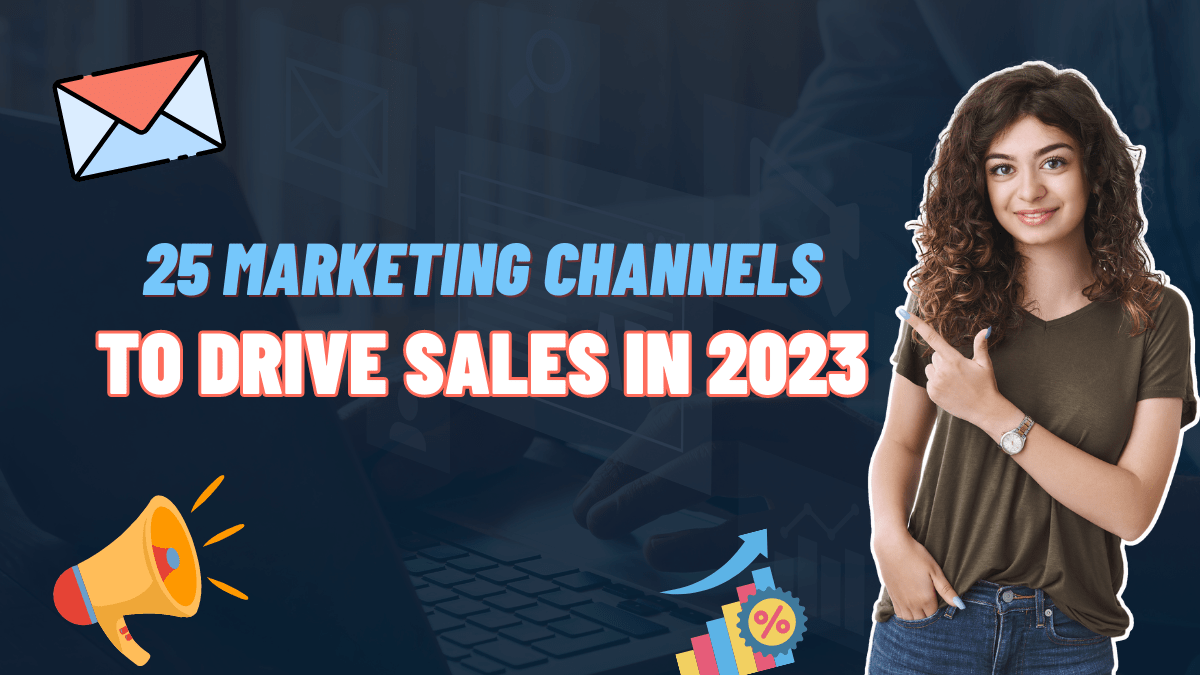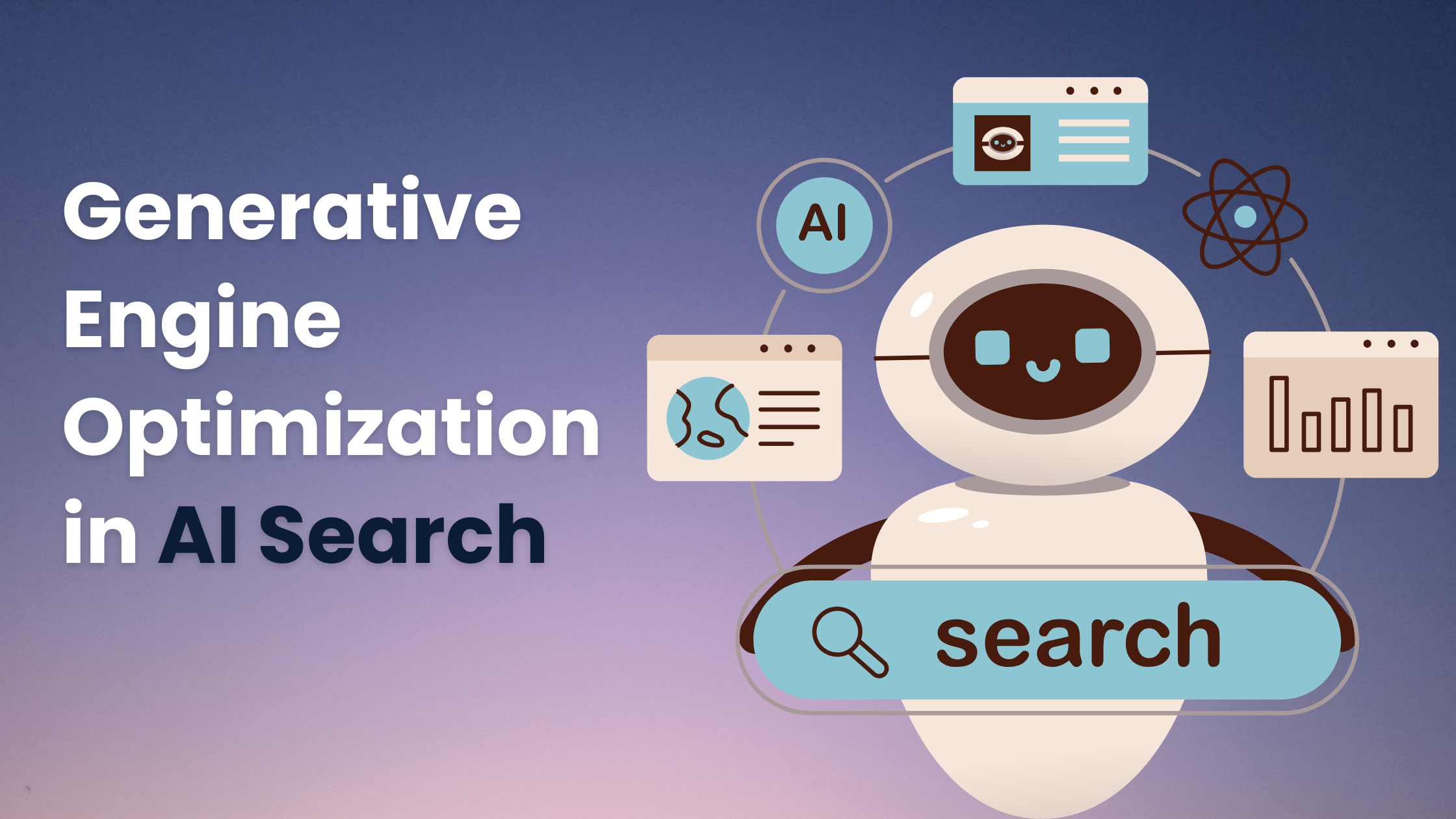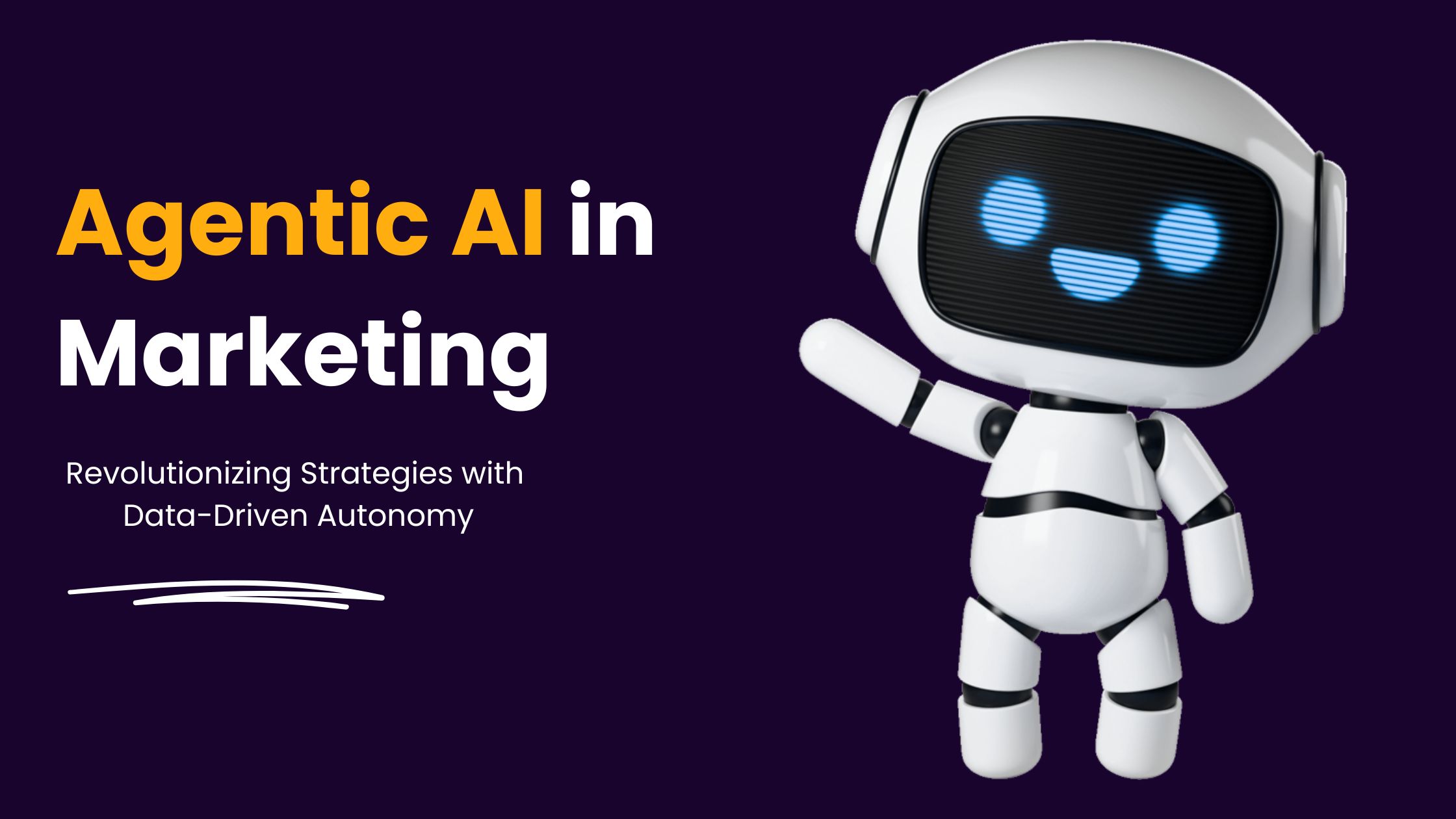There are countless marketing channels, but choosing the “right” is the real game-changer. Since you clicked on the blog, we assume you want to know and explore different performance marketing channel tips for your business.
Whether you run a small or medium business or a startup, you must invest your time and money in marketing channels. The performance marketing channels listed below will help you evolve your business. You can follow and apply the latest marketing trends to make the process easier and get faster results.
But before, you need to know what exactly a marketing channel is.
What is a Marketing Channel?
A marketing channel is a platform or an outlet a business or a brand uses to connect and communicate with its target audience. It is a traditional method of promoting a company or a product. Significant changes have occurred in how companies promote their products in the past few years.
Suppose a marketing channel is a potential user’s email inbox. Now you can use this channel for pay-per-click (PPC), campaign promotion, referral marketing tactics, event marketing tactics, and many more. Similarly, a social media platform like Instagram is a popular marketing channel. Marketers may leverage Instagram for live streaming video promotion, content curation marketing tactics, DM consumers, and more.
Types of Marketing Channels & How you can utilize them
In general, there are four types of marketing channels:
- Free Marketing Channels
- Paid Marketing Channels
- Digital Marketing Channels
- Traditional Marketing Channels
Free Marketing Channels
Marketing channels that one can use at no cost fall into this category. You will only invest your time if you wish to utilize a free marketing channel. This marketing channel is ideal for small businesses and startups. Free marketing channels include social media apps like LinkedIn and the Q&A platform Quora.
Paid Marketing Channels
Marketing platforms that require you to pay for access come under this marketing channel. For example- paid ads, influencer marketing, and commercials. Remember that specific marketing channels can be free to access and paid by nature. For instance, Facebook is free to use; Facebook ads are paid.
Digital Marketing Channels
Any form of marketing that gets done online is known as digital marketing, such as social media, organic search (SEO), paid search, emails, blogs, and video marketing.
Traditional Marketing Channels
Marketing that is conducted offline is traditional. Traditional marketing channels include print ads and outdoor advertising, such as billboards. Traditional marketing gives you complete control of your message and helps you grab your audience’s attention, as digital marketing channels can become crowded. Big brands investing in digital marketing focus on traditional marketing as well such Netflix.
Leverage the power of marketing channels
1. Email Marketing
Email marketing is one of the most potent methods to engage with consumers.
For many years many organizations have been using email marketing to form a connection with audiences. It has progressed from a simple communication mode to widespread global usage. In 2022, as per Statista reports, there were more than 4 billion email users globally. This number is expected to grow in 2025.
If you run a business, you need to invest in email marketing. Every company utilizes the influence of a well-crafted email to impress its target audience. No matter how small your business is, you can reach millions of people with email marketing.
In 2022 alone, over 300 billion emails were sent and received in a single day worldwide. That is a surprising amount of daily exchange of emails daily.
How to write a quality email?
Marketing emails have to be written with precision and creativity. There is variety in writing emails, too. We recommend creating different email marketing templates for various purposes- do not stick to just one style and tone. For instance, gently remind an app’s users who have not logged in over the last two weeks. Email marketing services can assist you with writing a compelling email that speaks volumes.
2. Social Media
As of 2023, there are over 4 billion social media users globally- more than 2.5 billion users in 2017. In the coming years, the number of active users will undoubtedly increase.
As a marketing channel, social media is a powerful medium for businesses of all sizes. People discover, explore, learn, and follow your brand on social media- they take an interest and eventually buy from you. Social media marketing services can bring remarkable success results to your business. We recommend hiring a professional social media marketing agency with a successful previous project (s).

Some of the benefits of social media as a marketing channel are listed below:
- It helps humanize your business: Social media enables you to do your business as an active participant. The kind of posts you publish decides a person’s interaction interest level.
- It drives traffic: Every business uses marketing to drive traffic. And social media is a top channel for elevating your website’s or app’s traffic. You must expect to make sales and grow your business with traffic.
- Lead generation: Lead generation is another aspect social media assists with; you can try to generate leads and conversions directly on different platforms. Instagram and LinkedIn- are both used widely to generate leads.
- Brand awareness: Businesses turn to the brand only when the vast majority of people can recognize them through certain elements. And social media is a perfect medium to emphasize these elements. Better brand awareness means a better outcome. Online branding services can assist you create impactful strategies.
- Help build meaningful relationships: Social media is a blessing when building meaningful relationships with target users. Social media networks can open direct and indirect communication lines with all your followers.
3. Instagram Can’t be Missed
There are over 14 million Instagram users in the US alone!
It is pretty clear that Instagram is not meant for personal use only. It has become a widely used marketing channel. Almost 71% of businesses use Instagram to promote their product and to communicate with people.
Instagram users are also pro-active. They love this social media channel- they are engaged and invested in brands they follow. As per a study conducted, about 59% of users visit the platform daily and spend at least 7 hours per week. Such as the audience which is invested and is smart enough to analyze a market competitors can’t be missed.
Instagram is ideally used by businesses to establish themselves and launch new products. You will be surprised to know that every month almost 130 million Instagram users engage with available shopping content. The social media channel allows you to promote your brand in an authentic manner- without using hard selling methods. You can increase your Instagram followers by following certain tactics. The more followers you have- the more your business popularity will grow.
Instagram primary benefit over other networks is the “visual” experience it provides. If you have a business that will benefit massively from the proper selling of its design, then Instagram is the marketing channel you should utilize. We are talking about businesses such as clothes, hair stylist, beauty products, etc. Video, reels, illustrations- are all great content options to post on Instagram.
4. TikTok
TikTok has one billion active users.
It means one billion opportunities to sell your brand. Considering the short-video feature, it has become much more popular than one could have imagined.
In a short time, TikTok has become an excellent social media marketing platform for brands to sell their products to Gen Z. An eMarketer report predicts that the number of Facebook users under “25” will drop to below 15% in 2023. That’s very much less than TikTok’s percentage, which stands at 44%.
How is TikTok still ruling?
Let us take a glance at some trends of TikTok summing up to 2023:
Below is a chart by Google Trends showing the dominance of TikTok:
Nearly 40% of Genz claims TikTok is where they learn about new products and buy them. Having the attention of such a vast proportion of the audience points out one thing- the rise in TikTok ads.
Search volume for “TikTok ads” has taken a massive leap in the last two years.
As a conclusion of one survey, it was found that more than 75% of Genz users say they learn about politics and justice on TikTok.
#blackklivesmatter- one of the news that generated more than a billion views on TikTok.
Pro Tip:
Analyze what your competitors are doing differently.
5. Paid Advertising to Reach Potential Users
Paid advertising is worth every penny.
Small to medium-sized businesses have been facing a decline in organic reach for quite some time. It is one of the biggest challenges, especially for people who begin an account afresh.
This makes sense. As the decline of organic reach is known, it is evident that accounts or pages that spend money on paid advertisements get more exposure and reach. This is why many small businesses face loss in such gigantic competition.
L’Oreal spends almost $100 million on digital ads. We can measure the level brands can go to with paid advertisements.
The average reach for an organic Facebook post is just 2.2%, but it can be as low as 1.1% for some brand pages, Studio 93 mentions in an article.
If you plan to fulfill your dream of transforming your business idea into execution, then paid ads should be a big part of that “social media marketing plan.”
Pro Tip
- Keep Posting: Although paid advertising is thriving. We must remember to utilize organic ways to interact with users. We need to juice out the true potential of organic reach. Keep posting authentic and exciting social media content to grow brand awareness, tell people about your customer service, and be of service to target audiences.
- Keep Experimenting: Experiment with your top post to drive organic reach.
- Facebook ads best practice: Facebook ads can be beneficial for new businesses. You can promote your business product via Facebook ads
- Game Up: If you are already a vivid paid advertiser. Consider investing in smart solutions such as Later, Sprout Social, and Hootsuite. Or find your choice of tool.
6. Video- a Dynamic Marketing Channel
Video marketing has become a new gold standard for any business size. In this time and day, video has proven to be a beneficial mode of delivering your brand message. It is for more than just big companies; small to medium businesses can attract potential consumers through video publication. You can use videos to get published on your social media accounts to help promote your business.
Video marketing is about two things:
- Video instead of text and images: Video can make a vast impact instead of text and messages published as a post. People watch a video as it requires less effort.
- Platforms such as YouTube and TikTok have gigantic users, giving you a broad audience to deliver the message.
Look at the below statistics to understand the impact of a video:
- 70% of viewers purchased from a brand after seeing it on YouTube
- Almost 96% of people have watched an explainer video to know more about a product or service.
Here are some ideas on how you can use video as a marketing channel:
- Create product or service videos
One of the smartest and most creative ways to promote your product/business is via a video. In a video, you can explain the features and benefits of your products/services in any way you wish. For example: if you sell beauty products, take HD photos of them in a different setting so that people can see how they appear in action.
- Video testimonials
Video testimonials are brilliant for showing off your consumers’ reviews. A testimonial can show how much a consumer is satisfied with your products and services.
- Short-form videos
In many cases, videos perform better than an image. Instagram videos have often received more engagement compared to other platforms. Below are some of the reasons why videos are watched more;
- They do not consume much energy, and
- They take less time directing as well.
Every central platform is rooting for short-form videos but has named them differently, such as YouTube has called them “Shorts,” Instagram has named them “Instagram Reels,” etc.
An average American spends 80 minutes watching TikTok daily- businesses have learned that “videos” content will emerge.
- Instructional videos are a hit
From cooking videos to guitar lessons, instructional videos are a hit among audiences. An instructional video series can attract users if you sell e-learning courses or online tutorials. Also, you can tell users how to use your product effectively with an instructional video.
7. SEO (Search Engine Optimization)
Whether you want to spend money on SEO that is entirely your choice. In SEO, you must invest substantial time to ensure your site gets found by as many users as possible. You do not have to spend money on SEO or pay for exposure. You can use skilled search engine marketing services to get faster results.
For beginners, let me explain SEO in simple words. SEO is optimizing your website through target keywords to increase website traffic.
It is crucial to rank your site on search engines or help people search for things relevant to your website. SEO is a must if you want to be on top of search engines!
Following are two types of SEO you should know about:
- Local SEO: It is a strategy that considers geographical components the highest priority. It helps your business to be more visible in Google’s local search results.
- Organic SEO: It is optimizing organic content to get organic traffic directed to your website. In organic SEO, you can monitor, maintain and troubleshoot your site’s ranking on Google search results. You can perform this action via tools such as Google search console (a free service offered by Google).
8. Website
Another massive marketing channel is a website. Your business website is an indirect channel that provides as much information about your services or products. It is an excellent source for your consumers to learn about your services or business.

Here are some of the areas where you can work to improve the conversion rate:
- Web copy
Your website’s content is the first thing a user sees. In your content marketing strategy, you must focus on how to create compelling and engaging content. The content you make must be perfectly aligned with your business vision. Think of content as a long-term investment. Consume as much time as you wish to avoid revamping content after every six months!
Your homepage must include content that offers value to your users, such as a free ebook, a report, or a portfolio. The rest of the website must have simple content; it should be readable, answer consumers’ questions, etc.
- Blogs
Nowadays, blogs have immense importance. It is a standard and excellent method to provide valuable information to consumers. You can display your expertise on any subject matter by publishing blogs regularly. With a blog publication, you can also strengthen your SEO and brand image.
Blogs also help build trust with end consumers by showing them how much they can benefit from working with your company. We couldn’t leave blog out of the list, as in 2023, it has become a massive marketing channel. It is one of the most important channels for driving traffic to your website and app.
9. Influencers
Influencer marketing is another valuable tool to expand your business. The marketing industry is acknowledging the power of influencer marketing and promoting itself with the help of users. There is a rise in demand for influencer marketing agencies, too.
Following are some types of influencer marketing:
- Instagram Influencers
- YouTube Influencers
- Blogger Influencers
Influencers can help brands connect with consumers on a more personal level. With the help of influencers, you can influence your buyers. According to a report by Tomoson, 51% of marketers said that influencer marketing helps them get better consumers.
If used correctly, influencer marketing can help you become popular among marketers and target audiences. You can do custom market research on your own to find a relevant influencer or take assistance from a b2b market research agency to do the deed.
10. Affiliate Marketing
What is Affiliate Marketing?
Affiliate marketing is how an affiliate earns a commission for marketing another organization’s products/ services. A person who practices affiliate marketing performs search for a product (that is popular or relevant and advertises the same to acquire an amount of the profit they want to make.
Many different companies or organizations use affiliate marketing- the prime reason is that they have shown themselves to be incredibly effective in elevating sales revenue. For example- you sell shoes online and want to target young women aged 18-30 who live in the USA. An affiliate could help you reach your business to those particular consumers by placing links on their website through which they can visit your site directly.
11. Referrals
Referral is another powerful marketing channel you must use in 2023. It can create a constant loop of loyalty, trust, and goodwill- all those qualities every business looks for in a consumer. A happy and satisfied consumer is much more likely to refer to your brand and much less if they are disappointed. Many businesses lose good consumers only because of poor service.
Here are some reasons why you need to invest in referral marketing:
- Word-of-mouth drives five times more sales than a paid method.
- Consumers acquired with the help of word-of-mouth stick longer and are more likely to make a purchase.
- Half of Americans select word-of-mouth products if they could choose one source for information.
12. User-generated content
What is user-generated content?
User-generated content is brand-particular content created by consumers and published on social media or other channels. It has become the most beneficial and engaging marketing channel. UGC or user-generated content comes in many forms, such as reviews, videos, images, testimonials, or even podcasts.
UGC can be used to represent a user journey, plus it is very effective in attracting users. UGC has become a significant element of a content marketing strategy, and you can use this method to show your target audiences how much people love your product. People can relate to other genuine users/consumers. Eventually, this method can increase trust and loyalty among consumers.
Nowadays, brands have to compete to be seen by users. It has become tough to grab users’ attention. With the integration of UGC, you can convince users without putting in much less effort.
13. Direct Mail Marketing
Direct mail marketing involves sending physical promotional materials like:
- Brochures
- Catalogs
- Postcards
To potential customers through postal mail. It can be highly targeted, allowing businesses to reach specific demographics or local markets by using mailing lists based on consumer data. This traditional channel provides a tangible connection to consumers, often leading to higher engagement and response rates compared to digital channels.
Even though direct mail marketing has lost its charm as a popular marketing channel to the widespread use of the internet, it can still be an effective approach to reaching audience when used correctly.
14. SMS Marketing
SMS marketing allows businesses to send promotional messages, offers, and updates directly to subscribers’ mobile devices via text messages. This channel boasts high opening rates (often above 90%) and quick response times. By using short, concise messages and including clear calls to action, businesses can effectively engage their audience and drive conversions. Additionally, SMS marketing can be integrated with other marketing channels, such as email or social media, to create a cohesive, cross-channel marketing strategy.
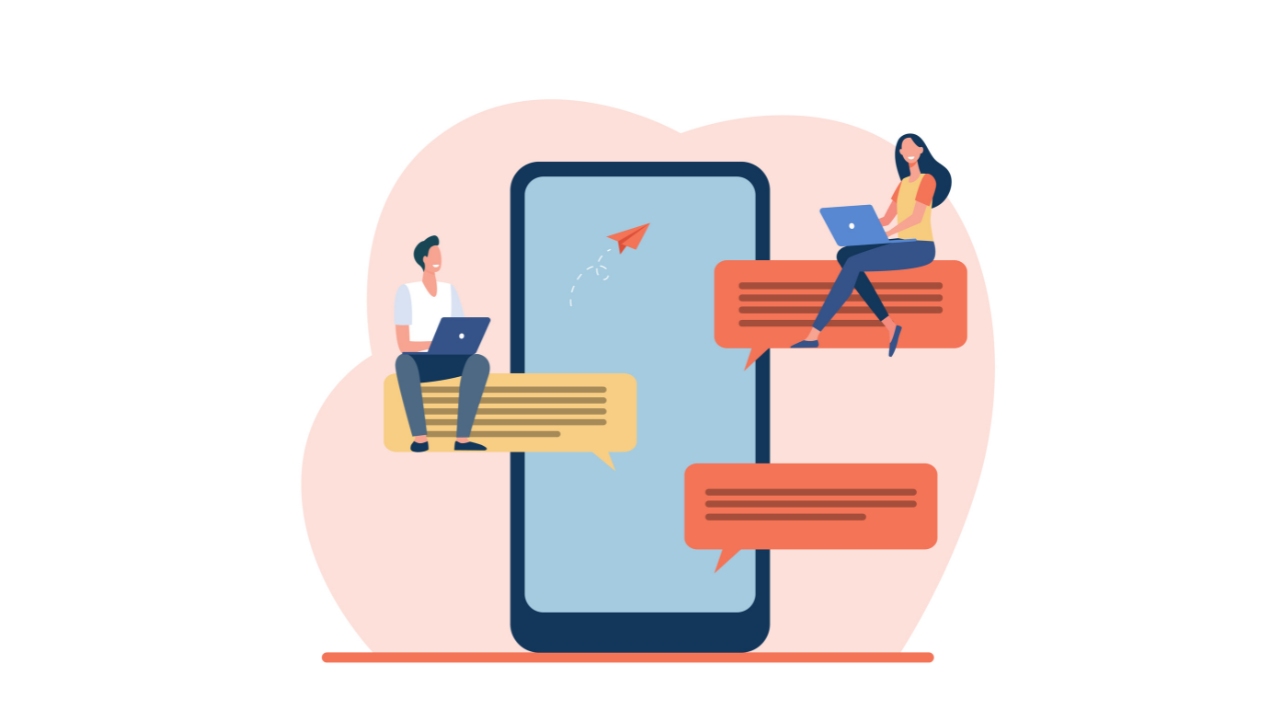
Some of the most innovative ways of incorporating SMS marketing to your existing marketing strategy are:
- Alerts & Reminders: You can significantly reduce the likelihood of service failures by alerting customers directly. Additionally, SMS reminders are an effective way of promoting your business through events, loyalty programs, and promotions.
- Contests & Offers: Nobody wants to miss out on all the offers, discounts, or contests that will allow them a chance to win some reward.
- Customer Feedback: People are very likely to respond to feedback forms sent using SMS, thanks to their prompt delivery.
15. Native Advertising
Native advertising is a form of paid media where the ad experience follows the natural form and function of the user experience in which it is placed. This type of advertising blends seamlessly with the content, making it less intrusive and more engaging for users. Native ads can appear on social media platforms, content recommendation widgets, or within the editorial content of a website. By providing relevant and valuable content, native advertising can generate higher engagement and conversion rates than traditional display ads.
Here are a few reasons to choose native advertising over other forms of advertising:
- Native advertising creates great opportunities for creative exposure.
- Distributing customized and creative in-app content is fairly easy in native advertising.
- It outperforms traditional ads.
16. Webinars
Webinars are online events or presentations that enable businesses to engage with their audience in real-time. They can be used for various purposes, such as educating potential customers, demonstrating product features, or sharing industry insights. Webinars are an excellent channel for generating leads, as attendees often provide their contact information during the registration process. By providing valuable content and engaging with the audience through Q&A sessions or live chats, businesses can build brand authority and nurture relationships with potential customers.
Several businesses use webinars to educate their leads and for building stronger relationships with them through real-time conversations.
A few tips that might come in handy when leveraging webinars as a form of marketing are:
- Focus on making the topic as interesting as possible.
- Make and nurture connections, and later use them to promote your event.
- Provide your attendees with valuable content.
- Enjoy better engagement by consolidating content assets.
17. Voice Search Optimization
Voice search optimization (VSO) focuses on improving a website’s visibility and rankings in voice search results provided by voice assistants like Amazon Alexa, Google Assistant, and Apple Siri. This involves optimizing website content for natural language queries and long-tail keywords, as users tend to speak more conversationally when using voice search. Additionally, businesses can leverage structured data markup and ensure their website is mobile-friendly to increase the likelihood of being chosen as a voice search result.
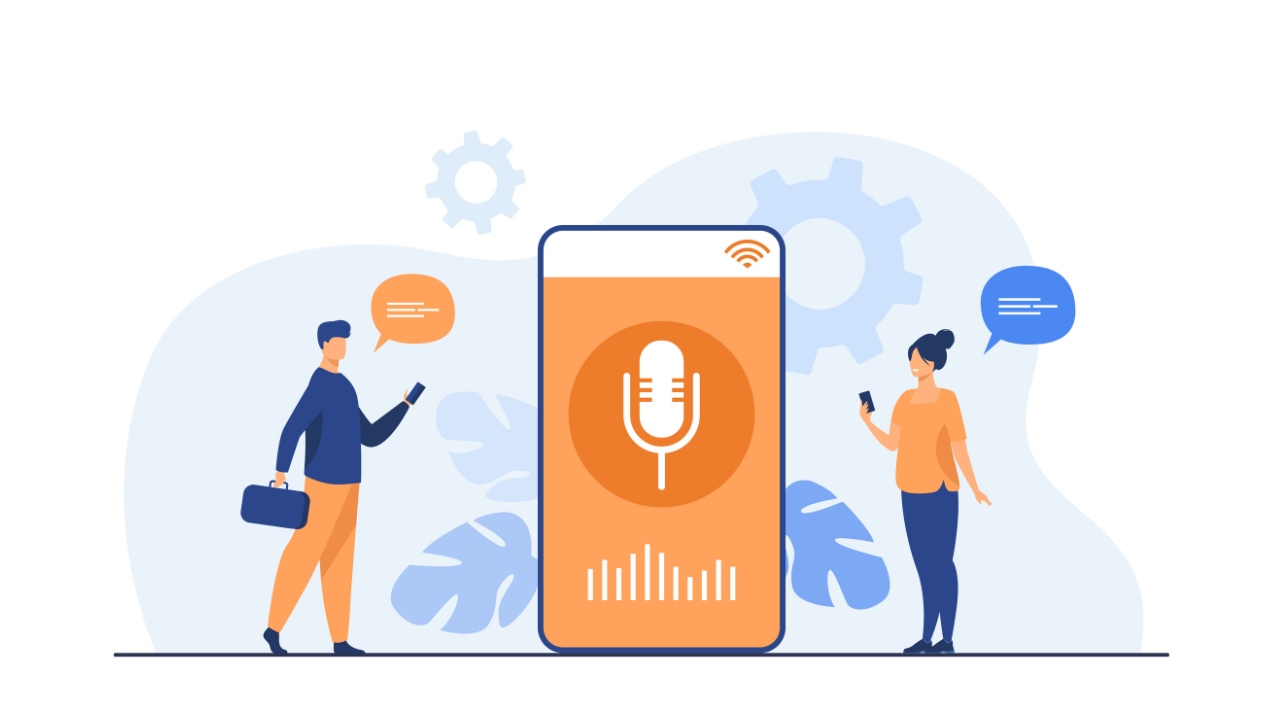
VSO is an effective way of capturing organic search traffic and improving your site’s overall SEO and ranking.
18. User-Generated Content (UGC)
UGC refers to any form of content, such as images, videos, or reviews, created by users rather than the brand. Businesses can encourage and leverage UGC by creating social media campaigns, contests, or branded hashtags that motivate users to share their experiences with the brand. UGC can build trust and credibility among customers, as it is perceived as more authentic and unbiased compared to brand-created content. Additionally, UGC can boost brand awareness and engagement, as users often share their content with their networks.
Below we have listed the five steps to get the most out of user generated content for marketing purposes:
- Go for social media platforms that best resonate with your brand and campaign.
- Set specific goals and work towards them consciously.
- Make it easy for your customers by expressing your requirements subtly but clearly.
- Focus on community building.
- Analyze and measure your efforts consistently.
19. Guerilla Marketing
Guerilla marketing is an unconventional marketing strategy that relies on surprise, creativity, and innovation to make a lasting impression on the audience. It is characterized by low-cost, high-impact tactics, often executed in public spaces or through unconventional media channels. Examples of guerilla marketing include street art, flash mobs, and publicity stunts. While guerilla marketing can generate significant buzz and brand exposure, businesses must be mindful of potential legal issues and ensure their tactics align with their brand image.
Some examples of guerilla marketing include:
- Buzz Marketing
- Ambient Marketing
- Stealth Marketing
- Projection Advertising
- Ambush Marketing
- Grassroots Marketing
20. Event Marketing
Event marketing involves promoting a brand, product, or service through in-person or online events, such as conferences, trade shows, and product launches. By participating in or hosting events, businesses can engage with their target audience, showcase their offerings, and generate leads. To maximize the impact of event marketing, businesses should ensure their events provide value to attendees, such as networking opportunities, educational content, or exclusive offers. Additionally, businesses can leverage event marketing by promoting their participation through other marketing channels like social media, email, and content marketing. Post-event follow-up is crucial to nurture relationships with potential customers and measure the success of the event marketing efforts.
It is suggested to make the most out of event marketing to increase event awareness and create deeper relationships with prospects.
To summarize, event marketing is an effective way of:
- Building brand awareness
- Increasing customer engagement
- Upselling customers
- Generating leads
- Educating prospects and customers
21. Geofencing Marketing
Geofencing marketing uses real-time data from mobile devices to deliver targeted ads and offers to users based on their geographic location. This marketing channel leverages GPS technology and geofencing to create virtual boundaries around specific locations, such as a store, competitor’s location, or event venue. When users enter these boundaries, they receive targeted notifications or ads on their mobile devices. Geofencing marketing is particularly effective for local businesses and those looking to tap into specific markets. It can help drive foot traffic, promote in-store offers, and provide valuable insights into consumer behavior.
22. Retargeting
Retargeting, also known as remarketing, is a form of online advertising that targets users who have previously visited a website or engaged with a brand’s content but have not yet converted. Retargeting campaigns leverage tracking cookies and display relevant ads to these users as they browse the internet, visit social media platforms, or use mobile apps. By reminding users of their previous interest in a product or service, retargeting increases the chances of converting them into customers. Retargeting can be implemented across various platforms, such as Google Display Network, Facebook, and Instagram, and should be combined with segmentation and personalization to deliver the most effective ads to the target audience.
Here are a few reasons you might want to consider retargeting as a form of marketing for your business:
- Enables you to connect with potential customers repeatedly
- Increases conversion rates significantly
- Supports personalized marketing
- Makes it easy to reach out to prospects on sites they visit frequently
23. Beacon Marketing
Beacon marketing uses small, wireless devices called beacons that emit Bluetooth Low Energy (BLE) signals to communicate with nearby smartphones and tablets. When a user’s device comes within range of a beacon, it can trigger personalized messages, promotions, or notifications to be sent to their device through an associated mobile app. Retailers, event organizers, and other businesses can use beacon marketing to provide a highly targeted and contextually relevant experience for their customers, such as offering in-store discounts, guiding users through an exhibition, or providing real-time information at a conference. To effectively implement beacon marketing, businesses should ensure their target audience has the necessary mobile app installed, maintain customer privacy, and provide value with their messaging.
24. Retail Marketing
Businesses use retail marketing strategies to entice customers to buy their products and services. The techniques employed are based on four key components known as the four Ps: product, price, place, and promotion.
- Product: While retailers typically don’t manufacture their products, the range of items they offer is still crucial in attracting customers. It’s important for customers to feel confident that they can find what they’re looking for at your store.
- Price: In a highly competitive retail market, prices are driven down. While increasing your prices may increase profits per item, it could also cause some customers to switch to competing retailers offering the same product at a lower price.
- Place: The term “place” can indicate both the physical location of a store and its online presence. For online retail stores, achieving high rankings on Google for specific keywords can be equally beneficial as having a storefront on Fifth Avenue in New York.
- Promotion: The key to successful retail promotion is establishing a connection with customers and increasing their familiarity with your brand. Customers who are unaware of your existence are unlikely to consider your products when they purchase. It may take multiple interactions with your brand before customers feel confident enough to make their first purchase.
Creating and implementing an online retail marketing strategy can be pivotal in your business’ success journey.
25. Interactive Marketing
Interactive marketing, also known as engagement marketing or experiential marketing, is a marketing approach that encourages active participation from the target audience. By engaging customers through immersive experiences, interactive marketing can create a deeper emotional connection between consumers and the brand, leading to increased brand loyalty, advocacy, and conversions. Examples of interactive marketing tactics include interactive displays, virtual reality experiences, gamification, and user-generated content campaigns. To implement effective interactive marketing, businesses should focus on providing memorable, shareable experiences that resonate with their target audience and align with their brand values.

What to do next?
To expand your business or establish it as a brand, you must invest your time and money in marketing. With proper use of marketing channels as suggested above, you can transform your business. All of the above-mentioned channels are carefully analyzed and tested by Woosper industry experts for improved results. Utilize these suggestions to create an impactful online marketing strategy to its maximum capacity. By integrating all of them, you can attain your 2023 marketing goals.
FAQs
How do you manage marketing channels?
You can manage marketing channels effectively by following these steps:
- Analyze your customers thoroughly.
- Establish channel objectives while also specifying distribution tasks.
- Evaluate various channels and select the most appropriate one for your business.
What are b2b marketing channels?
Any offline or online medium that is used by businesses to reach other businesses classifies as a B2B marketing channel. Some examples of B2B marketing channels are SEO, PPC, email marketing, websites, and content marketing.
Why use marketing channels?
Marketing channels make it easy for you to reach your target audience. They enable you to advertise your products or services more effectively.


